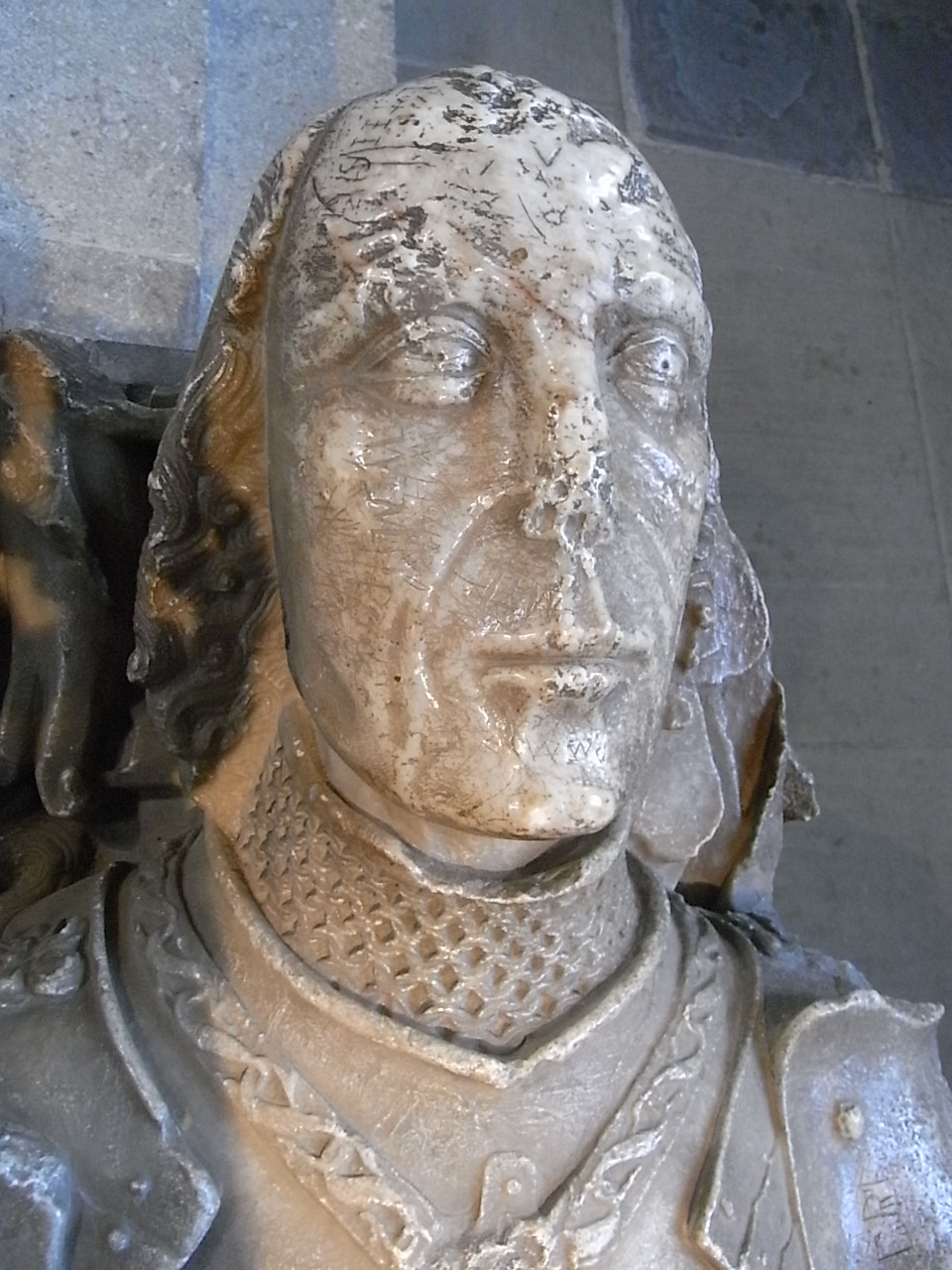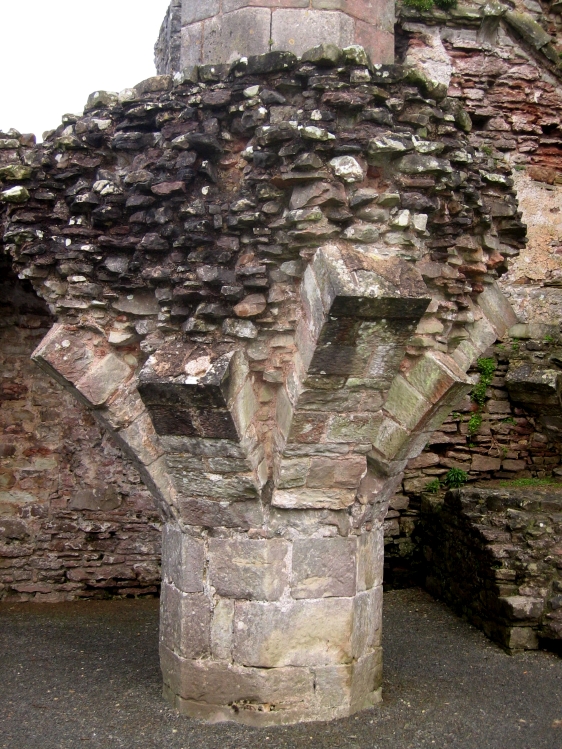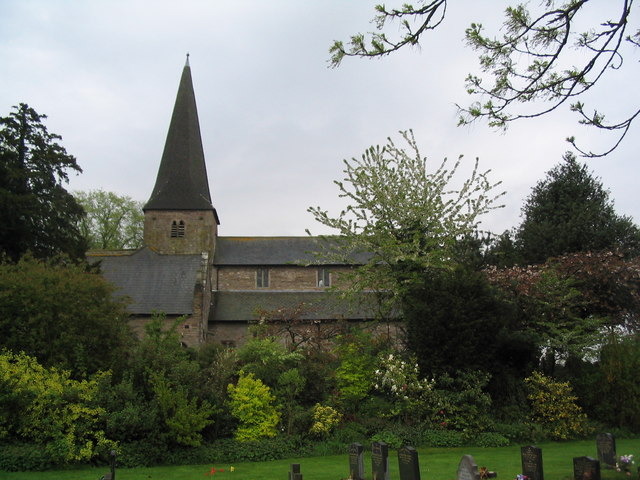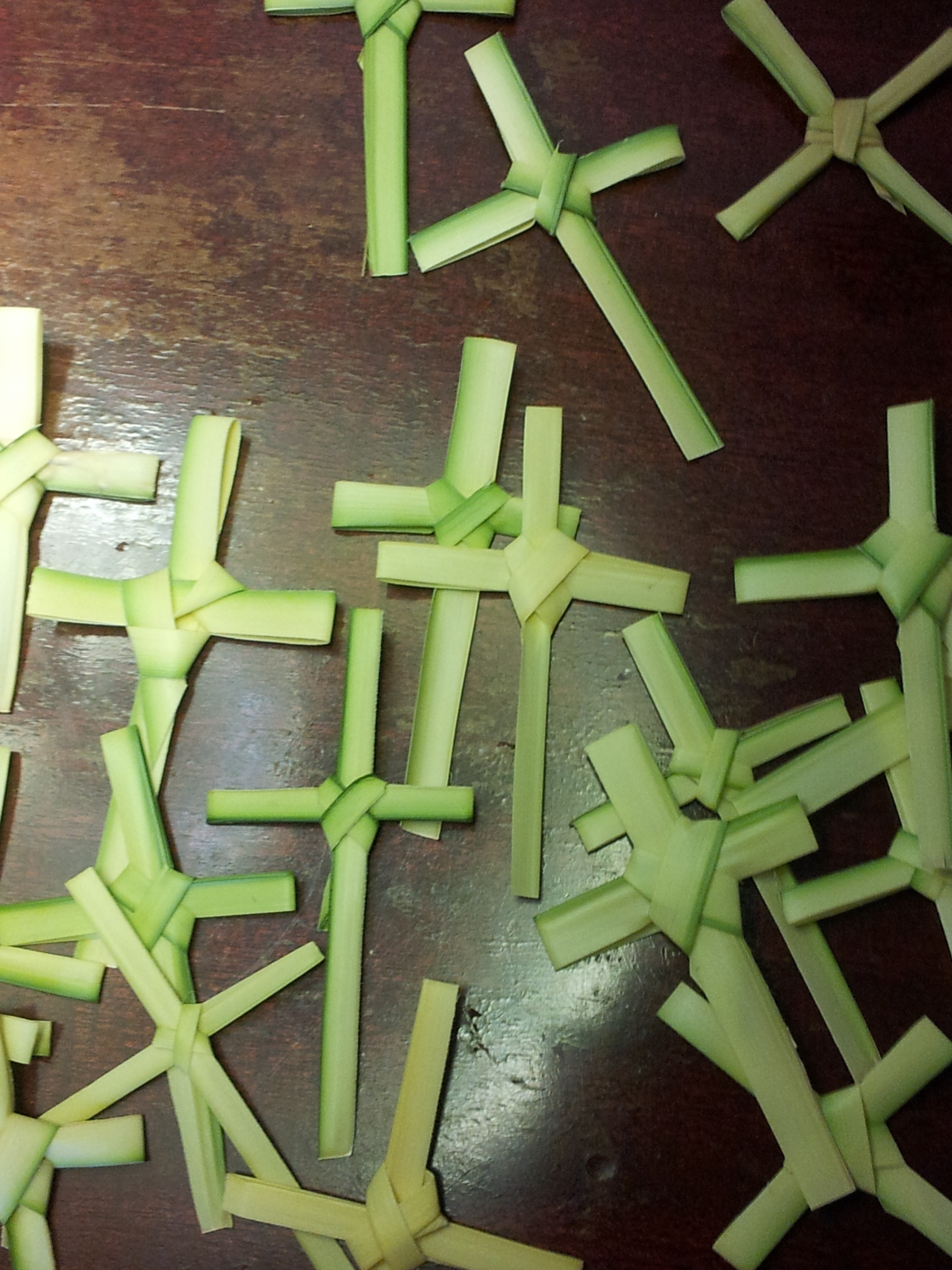|
David Ap Mathew
Sir David Mathew (1400–1484; born Dafydd ap Mathew, was a Welsh Knight. He was Lord of Llandaff and Seneschal of Llandaff Cathedral, and one of the ten Great Barons of Glamorgan, a Marcher Lord. It was said he was one of the most distinguished men of his age and a zealous supporter of the Yorkist cause. After saving the life of King Edward IV at the Battle of Towton in 1461, he was appointed Grand Standard Bearer of England and King Edward IV granted the use of 'Towton' on his arms. Biography Sir David Mathew was the son of Mathew ap Ieuan (or Evan).Sir David was the first to adopt the modern style of Welsh surname, "Mathew", having discontinued use of the traditional Welsh patronymic "ap Mathew", meaning "son of Mathew". The name, properly "Mathew", was spelt by Sir David's descendants variously, e.g., in the Funeral Entries, preserved in the ''Record Tower at Dublin'', vol. vii., p. 18, the name of the founder of the Irish branch of the family is entered as "G ... [...More Info...] [...Related Items...] OR: [Wikipedia] [Google] [Baidu] |
Henry VI Of England
Henry VI (6 December 1421 – 21 May 1471) was King of England and Lord of Ireland from 1422 to 1461 and again from 1470 to 1471, and disputed King of France from 1422 to 1453. The only child of Henry V, he succeeded to the English throne at the age of nine months upon his father's death, and succeeded to the French throne on the death of his maternal grandfather, Charles VI, shortly afterwards. Henry inherited the long-running Hundred Years' War (1337–1453), in which his uncle Charles VII contested his claim to the French throne. He is the only English monarch to have been also crowned King of France, in 1431. His early reign, when several people were ruling for him, saw the pinnacle of English power in France, but subsequent military, diplomatic, and economic problems had seriously endangered the English cause by the time Henry was declared fit to rule in 1437. He found his realm in a difficult position, faced with setbacks in France and divisions among the nobil ... [...More Info...] [...Related Items...] OR: [Wikipedia] [Google] [Baidu] |
Coity Castle
Coity Castle ( cy, Castell Coety) in Glamorgan, Wales, is a Norman castle built by Sir Payn "the Demon" de Turberville (fl. 1126), one of the legendary Twelve Knights of Glamorgan supposed to have conquered Glamorgan under the leadership of Robert FitzHamon (d. 1107), Lord of Gloucester. Now in ruins, it stands in the community of Coity Higher near the town of Bridgend, in the County Borough of Bridgend. Very close to the castle is the battlemented parish Church of St Mary the Virgin, which dates from the 14th century. The castle is a Grade I listed building. History Pre Norman Coity Most Norman castles in Glamorgan (e.g. Caerphilly, Cardiff, Loughor) occupy sites which had previously been Roman forts and it is likely that the Norman castle at Coity occupied the site of an existing structure. Potential Roman military activity at the site is supported by the strategic importance of the location. A Roman fort would have controlled a number of early routes and Heol Spencer, ... [...More Info...] [...Related Items...] OR: [Wikipedia] [Google] [Baidu] |
Neath
Neath (; cy, Castell-nedd) is a market town and Community (Wales), community situated in the Neath Port Talbot, Neath Port Talbot County Borough, Wales. The town had a population of 50,658 in 2011. The community of the parish of Neath had a population of 19,258 in 2011. Historic counties of Wales, Historically in Glamorgan, the town is located on the River Neath, east-northeast of Swansea. Etymology The town's English name ultimately derives from "" the original Welsh name for the River Neath and is known to be Proto-Celtic language, Celtic or Pre-Celtic. A meaning of 'shining' or 'brilliant' has been suggested, as has a link to the older Indo-European root ' (simply meaning 'river'). As such, the town may share its etymology with the town of Stratton, Cornwall and the River Nidd in Northern England. History Roman fort The town is located at a ford (crossing), ford of the River Neath and its strategic situation is evident by a number of Celts, Celtic hill forts, surrounding ... [...More Info...] [...Related Items...] OR: [Wikipedia] [Google] [Baidu] |
Browne Willis
Browne Willis (16 September 1682 – 5 February 1760) was an antiquary, author, numismatist and politician who sat in the House of Commons from 1705 to 1708. Early life Willis was born at Blandford St Mary, Dorset, the eldest son of Thomas Willis of Bletchley, Buckinghamshire and his wife Alice Browne, daughter of Robert Browne of Frampton, Dorset. He was grandson of Dr Thomas Willis, the physician. He was educated at Bechampton School in the care of Abraham Freestone and at Westminster School. He attended Christ Church, Oxford and entered the Inner Temple in 1700. In 1707 he married Katherine Eliot, the daughter of Daniel Eliot. He joined the recently reformed Society of Antiquaries in 1717–18. Political career In 1705, Willis was elected Member of Parliament for Buckingham. He held the seat until 1708. Published works His published works are: * ''Notitia Parliamentaria'', vol. 1 (1715) * ''Survey of St David’s Cathedral'' (1716) * ''Notitia Parliamentaria'', vol. ... [...More Info...] [...Related Items...] OR: [Wikipedia] [Google] [Baidu] |
Llandeilo
Llandeilo () is a town and community in Carmarthenshire, Wales, situated at the crossing of the River Towy by the A483 on a 19th-century stone bridge. Its population was 1,795 at the 2011 Census. It is adjacent to the westernmost point of the Brecon Beacons National Park. The town is served by Llandeilo railway station on the Heart of Wales Line. In 2021, ''The Sunday Times'' called the town one of the top six places to live in Wales. The newspaper praised the town as a ‘sophisticated shopping destination and a great showcase for local arts and crafts’. Early history Roman soldiers were active in the area around Llandeilo around AD74, as evidenced by the foundations of two castra discovered on the grounds of the Dinefwr estate. The fortifications measured 3.85 hectares and 1.54 hectares, respectively. Roman roads linked Llandeilo with Llandovery and Carmarthen. A small civil settlement developed outside the gates of the fort and may have continued in use as the embryonic ... [...More Info...] [...Related Items...] OR: [Wikipedia] [Google] [Baidu] |
Reliquary
A reliquary (also referred to as a ''shrine'', by the French term ''châsse'', and historically including ''wikt:phylactery, phylacteries'') is a container for relics. A portable reliquary may be called a ''fereter'', and a chapel in which it is housed a ''feretory''. Relics may be the purported or actual physical remains of saints, such as bones, pieces of clothing, or some object associated with saints or other religious figures. The authenticity of any given relic is often a matter of debate; it is for that reason, some churches require documentation of the relic's provenance. Relics have long been important to Buddhism, Buddhists, Christianity, Christians, Hinduism, Hindus and to followers of many other religions. In these cultures, reliquaries are often presented in shrines, churches, or temples to which the faithful make pilgrimages in order to gain blessings. The term is sometimes used loosely of containers for the body parts of non-religious figures; in particular the ... [...More Info...] [...Related Items...] OR: [Wikipedia] [Google] [Baidu] |
Relic
In religion, a relic is an object or article of religious significance from the past. It usually consists of the physical remains of a saint or the personal effects of the saint or venerated person preserved for purposes of veneration as a tangible memorial. Relics are an important aspect of some forms of Buddhism, Christianity, Islam, shamanism, and many other religions. ''Relic'' derives from the Latin ''reliquiae'', meaning "remains", and a form of the Latin verb ''relinquere'', to "leave behind, or abandon". A reliquary is a shrine that houses one or more religious relics. In classical antiquity In ancient Greece, a polis, city or Greek temple, sanctuary might claim to possess, without necessarily displaying, the remains of a venerated hero as a part of a Greek hero cult, hero cult. Other venerable objects associated with the hero were more likely to be on display in sanctuaries, such as spears, shields, or other weaponry; chariots, ships or Figurehead (object), figureheads ... [...More Info...] [...Related Items...] OR: [Wikipedia] [Google] [Baidu] |
John Marshall (bishop)
John Marshall (or Marshal) (died 1496) was a Bishop of Llandaff in Wales. John was a fellow of Merton College, Oxford and a canon of Windsor. On 6 September 1478, he was consecrated Bishop of Llandaff. He is well remembered for having repaired the damage done to the cathedral during Owain Glyndŵr's reign. He also erected a new bishop's throne and a reredos, parts of which survives. He died in January or February 1496 and was buried in Llandaff Cathedral Llandaff Cathedral ( cy, Eglwys Gadeiriol Llandaf) is an Anglican cathedral and parish church in Llandaff, Cardiff, Wales. It is the seat of the Bishop of Llandaff, head of the Church in Wales Diocese of Llandaff. It is dedicated to Saint Peter ... where his monumental effigy may still be seen. References External linksGwent local history the journal of Gwent Local History Council. , 66 , 1989 , Welsh Journals - The National Library of Wales [...More Info...] [...Related Items...] OR: [Wikipedia] [Google] [Baidu] |
Biston (town)
In Greek mythology, Biston (Ancient Greek: Βίστων or Βιστών) was the son of Ares and Callirrhoe, daughter of river-god Nestus. His two brothers were Odomas and Edonus (eponyms of two Thracian tribes, the Odomanti and the Edoni). Alternately, he was called son of Paeon and grandson of Ares. In some accounts, he was the son of either the Muses Terpsichorus''Etymologicum Magnum'', 197. 59 s. v. ''Bistoniē'' or Calliope. Mythology Biston built the city of Bistonia on the shores of Lake Bistonis in Thrace. He also introduced the Thracian practice of tattooing both men and women with eye-like patterns as a magical fetish, in response to an oracle which guaranteed victory against the neighbouring Edonians tribe if so adorned. The Thracian Bistonians were famous for their warlike nature and cult of Ares whom they worshipped in the form of an upright standing sword. See also * Bistones * Bistonis, the nymph who lives at Lake Bistonis. Notes References * Stephanus ... [...More Info...] [...Related Items...] OR: [Wikipedia] [Google] [Baidu] |
Saint Teilo
Saint Teilo ( la, Teliarus or '; br, TeliauWainewright, John. in ''The Catholic Encyclopedia'', Vol. XIV. Robert Appleton Co. (New York), 1912. Accessed 20 July 2013. or '; french: Télo or '; – 9 February ), also known by his Cornish name Eliud, was a British Christian monk, bishop, and founder of monasteries and churches. He was from Penalun (Penally) near Tenby in Pembrokeshire, south Wales. Reputed to be a cousin, friend, and disciple of Saint David, he was bishop of Llandaff and founder of the first church at Llandaff Cathedral, where his tomb is. He also founded Llandeilo Fawr, as well as Penally Abbey at his place of birth. Biography St Teilo may have been known as Eliau or Eilliau in Old Welsh. He was born at Penalun (Penally) around the year 500. Teilo's father is usually identified as Ensich ap Hydwn, and he was thought to be the brother of Anowed, and the uncle of Saints Ismael and Euddogwy. Rees, W. J. (trans.) ''Liber Landavensis''pp. 351370 ff We ... [...More Info...] [...Related Items...] OR: [Wikipedia] [Google] [Baidu] |
Palm Sunday
Palm Sunday is a Christian moveable feast that falls on the Sunday before Easter. The feast commemorates Christ's triumphal entry into Jerusalem, an event mentioned in each of the four canonical Gospels. Palm Sunday marks the first day of Holy Week. For adherents of mainstream Christianity, it is the last week of the Christian solemn season of Lent that precedes the arrival of Eastertide. In most liturgical churches, Palm Sunday is celebrated by the blessing and distribution of palm branches (or the branches of other native trees), representing the palm branches which the crowd scattered in front of Christ as he rode into Jerusalem; these palms are sometimes woven into crosses. The difficulty of procuring palms in unfavorable climates led to their substitution with branches of native trees, including box, olive, willow, and yew. The Sunday was often named after these substitute trees, as in Yew Sunday, or by the general term Branch Sunday. In Syriac Christianity it is often c ... [...More Info...] [...Related Items...] OR: [Wikipedia] [Google] [Baidu] |









